Description
The instruction for medical use
of MOTINORM® medicine
Trade name
МОТИНОРМ®
the International unlicensed
name Domperidon Lekarstvennaya
the Drop form for intake
Structure
of 1 ml of solution contains
active agent – a domperidon of 10 mg,
excipients: polysorbate 80, methylparahydroxybenzoate, propilparagidroksibenzoat, sucrose, sorbitol solution of 70%, propylene glycol, glycerin, xanthane gum, ponso 4R (water-soluble) (E124), citric acid monohydrate, sodium citrate, fragrance strawberry, fragrance American ice cream (MK: 14000), water
the Pharmacotherapeutic group cleaned the Description Viscous solution of pink color with taste of strawberry
Drugs for treatment of functional disorders of digestive tract. Stimulators of motility of digestive tract. Domperidon.
The ATX A03FA03 code
the Pharmacological
Pharmacokinetics Domperidon properties is quickly absorbed at oral administration on an empty stomach, the maximum concentration in plasma (Cmax) is reached approximately in 60 minutes. The low absolute bioavailability of an oral domperidon (about 15%) is caused by extensive metabolism in a wall of intestines and in a liver. Though at healthy people the bioavailability of a domperidon increases at reception after a meal, patients with complaints zheludochno – intestinal character should accept domperidon in 15-30 minutes prior to food. The lowered acidity of a stomach reduces absorption of a domperidon. Biological availability at oral administration of drug decreases after preliminary intake of Cimetidinum or sodium of bicarbonate. At oral administration of drug after a meal the maximum absorption slows down a little, and the area under curve (AUC) increases a little.
At oral administration domperidon does not collect and does not induce
own exchange, the maximum level in plasma in 90 minutes (21 ng/ml) after two weeks of oral administration on 30 mg a day was almost same, as after reception of the first dose (18ng/ml).
Domperidon contacts proteins of plasma for 91 – 93%. Domperidon slightly gets through a blood-brain barrier.
Exchange of a domperidon takes place quickly and extensively in a liver by hydroxylation and N-dealkylation. Researches of metabolism in-vitro showed that CYP3A4 is the main isoenzyme of R-450 cytochrome which participates in N-dealkylation of a domperidon, also CYP3A4 together with CYP1A2 and CYP2E1 take part in aromatic hydroxylation of a domperidon.
Removal with urine and a stake makes according to 31% and 66% of an oral dose. Drug discharge in not changed look makes small percent (10% with a stake and about 1% with urine).
Plasma elimination half-life after reception of a single dose makes 7 – 9 hours at healthy people, but extended at patients with a heavy renal failure.
The liver failure
At patients with a moderate liver failure (on Child-Pugh of 7-9 points or class B), than AUC and the C max. domperidon at 2:9- and 1.5 times is higher, respectively, than at healthy faces. Level of untied fraction increases by 25%, and final elimination half-life is extended from 15 to 23 hours. Patients with a moderate abnormal liver function have a little smaller system influence, than at healthy subjects on the basis of C max. and AUC, without any changes in linking with proteins or a half-life period. The pharmacokinetics of a domperidon at patients with a heavy liver failure was not studied. Мотинорм®
it is contraindicated to patients with a moderate or heavy liver failure.
The renal failure
At patients with a heavy renal failure (clearance of creatinine & lt, 30 ml/min. / 1.73 m 2) elimination half-life of a domperidon increases from 7.4 to 20.8 o’clock, but drug levels in plasma are lower, than at healthy volunteers. As very little in not changed type of drug (about 1%) it is removed through kidneys, need for dose adjustment at single introduction at patients with a renal failure is improbable.
Nevertheless, at repeated introduction the frequency rate of use of drug has to be reduced to one or two times a day depending on weight of disturbance, and the dose decline can be required.
A pharmacodynamics
Domperidon – the antagonist of dopamine which possesses antiemetic
action. Its antiemetic action, perhaps, is caused by connection of peripheral (gastrokinetichesky) action and antagonism to dopamine receptors in a trigger zone of chemoceptors which is behind a blood-brain barrier in the zone postrema. Use of a domperidon seldom is followed by extrapyramidal side reactions, especially at adults, but domperidon stimulates prolactin release with a hypophysis.
In researches on animals domperidon it is found in a brain in low concentration that indicates mainly peripheral action of a domperidon on dopamine receptors.
Researches at the person showed that at oral administration of a domperidon pressure in the lower ezofagealny zone of rest increases, the antroduodenal motility improves and gastric emptying accelerates, at the same time domperidon does not influence gastric secretion.
Influence of a domperidon on QT was studied in two researches with active control and placebo at the healthy subjects receiving up to 80 mg a day (10 or 20 mg x 4 times a day) a domperidona within 4 days. It is established that the maximum difference of an interval of QTc at reception of a domperidon on 20mgkh4 once a day and placebo at an average reference value of 3.4 ms (from 1.0 to 5.9 ms) does not exceed 10 ms. Clinically significant QTc – effects were not observed at use of a domperidon in a dose of 80 mg/days (that is, it is more than twice the maximum recommended daily dose). Nevertheless, two researches showed some signs of QTc of prolongation at use of a domperidon as monotherapy (10 mg 4 times a day) the Average maximum of difference of QTcF made between a domperidon and placebo of 5.4 ms (95% of D:-1.7 to 12.4) and 7.5 ms (95% of D: from 0.6 to 14.4), respectively.
Indications
– symptomatic treatment of nausea and vomiting
the Route of administration and doses
Domperidon should be used in a minimal effective dose during the shortest time necessary for fight against nausea and vomiting.
Domperidon is recommended to accept to food. If to accept after a meal, absorption of drug happens to some delay.
Patients have to accept each next dose at the scheduled time. If time of reception was passed, then the following dose is accepted according to usual dosing according to the schedule, without compensating the passed dose in order to avoid double dosing.
The maximum duration of treatment should not exceed one week.
Мотинорм® in the form of syrup it is recommended to use in children’s practice (especially to children under 5 years). Drug is appointed inside in 15-30 min. prior to food. Before the use the bottle with syrup should be stirred up.
Adults and teenagers (12 years are also more senior also weighing 35 kg and more)
On 1 ml (10 mg) to three times a day. Maximum daily dose of 3 ml (30 mg).
To children aged from 1 year and up to 12 years and up to 35 kg
On 0.25 mg/kg of body weight 3 times a day. The maximum daily dose – 0.75 mg/kg.
In a renal failure the increase in an interval between administration of drug is recommended. At patients with a heavy renal failure (serumal креатинин>, 6 mg/100 ml, i.e. & gt, 0.6 mmol/l) elimination half-life of a domperidon increased from 7.4 to 20.8 o’clock. Frequency of reception has to be reduced to one or two times a day and also there can be a need of a dose decline.
Side effects
according to clinical trials
the Undesirable reactions observed at ≥ by 1% of patients: a depression, alarm, decrease or lack of a libido, a headache, drowsiness, an akathisia, dryness in an oral cavity, diarrhea, rash, an itching, a galactorrhoea, a gynecomastia, pain and sensitivity in mammary glands, disturbances of a menstrual cycle and an amenorrhea, disturbance of a lactation, an asthenia.
The undesirable reactions observed at & lt, 1% of patients: hypersensitivity, a small tortoiseshell, swelling and discharges from mammary glands.
According to spontaneous messages about the undesirable phenomena
the Side effects are given with distribution on frequencies and the systems of bodies. Frequency of side effects was classified as follows: very often (& gt, 1/10), it is frequent (& gt, 1/100, & lt, 1/10) and infrequently (& gt, 1/1000, & lt, 1/100), is rare (& gt, 1/10,000, & lt, 1/1000) and is very rare (& lt, 1/10,000, including separate cases).
Seldom:
– gastrointestinal disorders
– the increase in level of prolactin in plasma caused by the fact that the hypophysis is out of a blood-brain barrier in rare instances this giperprolaktinemiya can stimulate emergence of the neuroendocrinal phenomena, such as galactorrhoea, gynecomastia and amenorrhea
very seldom:
– passing enterospasms
– an itching, rash
– an extrapyramidal syndrome (very seldom arise at children and in isolated cases at adults, they are completely reversible and disappear right after the termination of administration of drug), spasms, drowsiness, a headache.
– lengthening of an interval of QT, a sudden cardiac death *, serious ventricular arrhythmias *
– agitation, nervousness. Such by-effects as spasms, drowsiness and agitation are very rare and meet mainly at children and newborns
– anaphylactic reactions, including an acute anaphylaxis, a Quincke’s disease, allergic reactions, a small tortoiseshell.
* In some epidemiological researches it was shown that use of a domperidon can be connected with increase in risk of developing serious ventricular arrhythmias or sudden death. The risk of emergence of these phenomena is more probable at patients 60 years and at the patients taking the drug in a daily dose more than 30 mg are more senior. Use of a domperidon in the smallest effective dose at adults and children is recommended.
Contraindications
– hypersensitivity to drug components
– gastrointestinal bleeding
– mechanical impassability or perforation at which stimulation of motive function of a stomach can be dangerous
– prolactin – the cosecreting tumor of a hypophysis (prolaktinom) – a concomitant use of oral forms of a ketokonazol, erythromycin and other powerful inhibitors of an isoenzyme CYP3A4 causing lengthening of an interval of QT such as flukonazol, vorikonazol, klaritromitsin, Amiodaronum and telitromitsin
– patients with disturbances of conductivity now or in the anamnesis, in particular lengthening of an interval of QT on the ECG
– patients with the significant disturbances of electrolytic balance or serious heart diseases (for example, stagnant heart failure)
– pregnancy and the period of a lactation
– to children till 1 year
– an abnormal liver function of average and heavy degree
With care:
– renal failures
Medicinal interactions
Increase in risk of development of prolongation of a QT interval as a result of pharmakodinamichesky and/or pharmacokinetic interactions
the Concomitant use of Motinorm® with the QTc-extending medicines contraindicated.
QTc – the extending medicines:
– antiarrhythmic drugs of the class IA (for example, Disopyramidum, hydroxyquinidine, quinidine)
– antiarrhythmic drugs of class III (for example, Amiodaronum, dofetilid dronedaron, ibutilid, sotalol)
– some antipsychotic drugs (for example, a haloperidol, Pimozidum, sertindol)
– some antidepressants (for example, to tsitalopra, estsitalopra)
– some antibiotics (for example, erythromycin, levofloxacin, moxifloxacin, Spheromycinum)
– some antifungal means (for example, pentamidine)
– some antimalarial means (in particular, galofantrin, lyumefantrin)
– some drugs used in gastrointestinal diseases (for example, tsizaprid, dolasetron, prukaloprid)
– some antihistamines (for example, mekvitazin, mizolastin)
– the drugs applied in cancer (for example, toremifen, vandetanib, Vincaminum)
– some other drugs (for example, bepridit, difemanit, methadone).
The major role in metabolism of a domperidon is played by CYP3A4 isoenzyme. Results of the researches in vitro and clinical experience show that simultaneous use of drugs which considerably inhibit this isoenzyme can cause increase in concentration of a domperidon in plasma.
Мотинорм® it is contraindicated to appoint with strong inhibitors of an isoenzyme CYP3A4 (irrespective of their QT effects): antifungal drugs of an azolovy row (imidazoles), antibiotics of group of macroleads (erythromycin, klaritromitsin, telitromitsin), HIV protease inhibitors, antidepressants (nefazodon) since they can block metabolism of a domperidon that leads to increase in its concentration in plasma. Simultaneous use with moderate CYP3A4 inhibitors (diltiazem, verapamil and some macroleads) is not recommended.
Simultaneous use with the following substances demands care
– the drugs inducing bradycardia and a hypopotassemia
– the macroleads extending a QT interval: azithromycin and roksitromitsin (klaritromitsin it is contraindicated, as powerful CYP3A4 inhibitor).
The list of substances given above with which use or appointment with care is not recommended is approximate and not up to the end exhaustive.
Separate pharmacokinetic / pharmakodinamicheskiye researches of interaction of a domperidon with an oral form of a ketokonazol or erythromycin at healthy subjects confirmed noticeable inhibition of CYP3A4 – the mediated primary metabolism of a domperidon with these drugs.
At a concomitant use of 10 mg of a domperidon 4 times a day and 200 mg of a ketokonazol 2 times a day were noted lengthening of an interval of QT on average on 9.8 ms during the entire period of observation, at the separate moments of change varied from 1.2 to 17.5 ms. At a concomitant use of 10 mg of a domperidon 4 times a day and 500 mg of erythromycin 3 times a day were noted lengthening of an interval of QT on average on 9.9 ms during the entire period of observation, at the separate moments of change varied from 1.6 to 14.3 ms. In each of these researches Cmax and AUC of a domperidon were increased approximately three times (see the section “Contraindications”).
Now it is not known what contribution to change of an interval of QT is made by the increased concentration of a domperidon in plasma.
In these researches the monotherapy domperidony (10 mg four times a day) extended QT interval on 1.6 ms (research of a ketokonazol) and on 2.5 ms (erythromycin research) whereas monotherapy ketokonazoly (200 mg two times a day) and monotherapy by erythromycin (500 mg three times a day) were led to lengthening of an interval of QT on 3.8 and 4.9 ms respectively during the entire period of observation.
Special instructions
it is not necessary to appoint Motinorm® together with anticholinergics, antiacid or anti-secretory means.
At patients with diabetes the dose adjustment of insulin at co-administration with Motinormom® is necessary.
Epidemiological researches showed that use of a domperidon it was connected with the increased risk of serious ventricular arrhythmias or a sudden cardiac death. The high risk was observed at patients 60 years, at patients, accepting daily in the doses exceeding 30 mg, and at the patients who are at the same time taking the drugs extending an interval of QT or CYP3A4 inhibitors are more senior.
Domperidon it is necessary to use in a minimal effective dose at adults and children. Domperidon is contraindicated to patients with the known existing disturbance of heart, in particular, with lengthening of an interval of QT and also patients with a considerable electrolytic imbalance (hypopotassemia, a hyperpotassemia, a hypomagnesiemia), or bradycardia, or at patients with associated diseases have hearts, such as stagnant heart failure because of the increased risk of ventricular arrhythmia. Electrolytic disturbances (hypopotassemia, a hyperpotassemia, a hypomagnesiemia) or bradycardia, as we know, the conditions increasing risk of disturbance of a warm rhythm.
Treatment of a domperidon has to be stopped if there are signs or symptoms which can be connected from cardiac arrhythmia. Patients should recommend to report about any warm symptoms to the doctor immediately.
Use in pediatrics
of Motinorm® in rare instances can cause neurologic side effects. Children of the first months have lives metabolic functions and GEB are developed not completely and therefore they increased risk of emergence of undesirable neurologic effects in the form of extrapyramidal disorders and spasms. In this regard it is not recommended to appoint domperidon to newborns, babies till 1 year and also it is necessary to calculate very precisely a dose of Motinorma® for children of early preschool age and to strictly adhere to this dose. Neurologic undesirable effects can be caused in children by drug overdose, but it is necessary to take into account and other possible reasons of such effects.
Drug contains sorbitol therefore it should not be accepted to patients with intolerance of sorbitol.
Drug contains methylparahydroxybenzoate, propilparagidroksibenzoat which can cause allergic reactions (perhaps zamedlenny action).
Use in diseases of a liver
Considering high extent of metabolism of a domperidon in a liver, it is necessary to appoint with care Motinorm® the patient with a liver failure of easy degree.
Use in diseases of kidneys
For patients with a heavy renal failure (serumal creatinine & gt, 6 mg/100 ml, i.e. & gt, 0.6 mmol/l) elimination half-life of a domperidon increased from 7.4 to 20.8 o’clock. Frequency of reception has to be reduced to one or two times a day and also there can be a need of a dose decline.
The feature of influence of medicine on ability to run the vehicle or potentially dangerous by mechanisms
Should be careful.
Overdose
Symptoms: drowsiness, disorientation, extrapyramidal disorders.
Treatment: intake of activated carbon, at extrapyramidal disturbances – anticholinergic drugs, protivoparkinsonichesky or antihistaminic drugs with anticholinergic properties.
The form of release and packing
On 5 ml of drug place in the glass bottle of orange color corked by the screwed aluminum cover with laying and control of the first opening.
On 1 bottle together with the calibrated pipette and the instruction for use in the state and Russian languages place in a cardboard box.
To Store storage conditions at a temperature not above 25ºС.
To store out of children’s reach!
A period of storage
3 years
not to use drug after an expiration date.
Prescription status
According to the prescription
of Proizvoditel Medley Pharmasyyutikalz Ltd, India
Medlya House, D2, MIDS an eriya, Anderi (E), Mumbai-400 093, India.
Phone, fax, E-mail 91-22-56959800/28204453
The address of the organization accepting in the territory of the Republic of Kazakhstan claims from consumers on quality of products (goods) Representative office of Medley Pharmasyyutikalz Ltd in the Republic Kazakhstang. Almaty, Kurmangaza St., 48A, office 11telefon/fax: 7 (727) 2 61 51 41
to Develop
Additional information
| Ingredient |
|---|





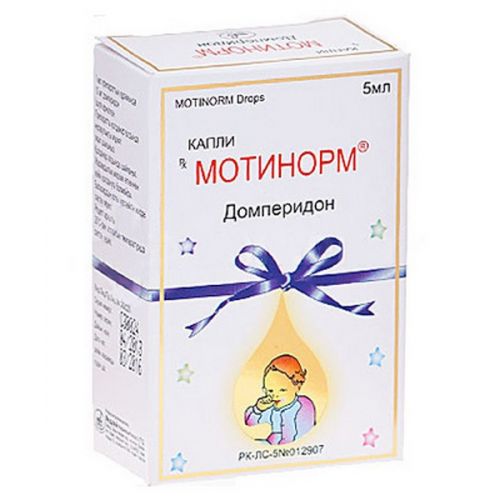
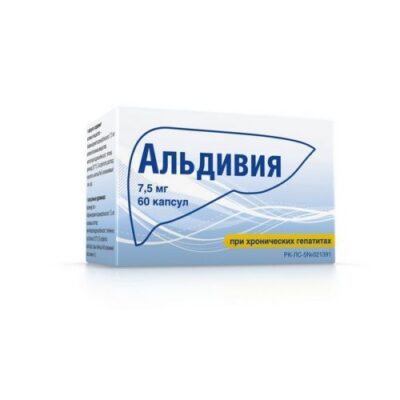
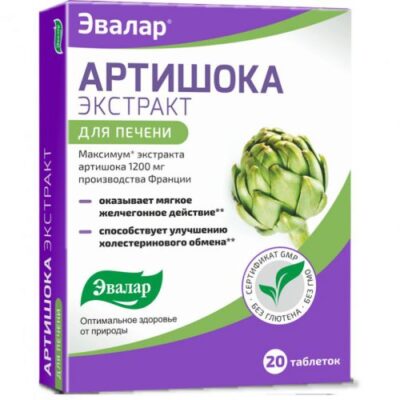
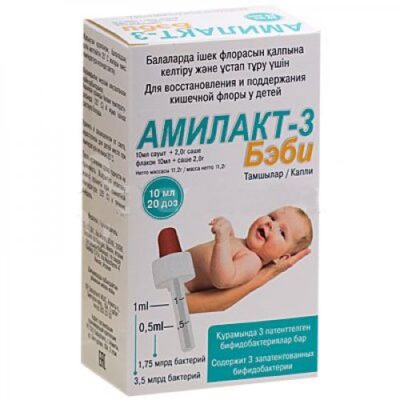
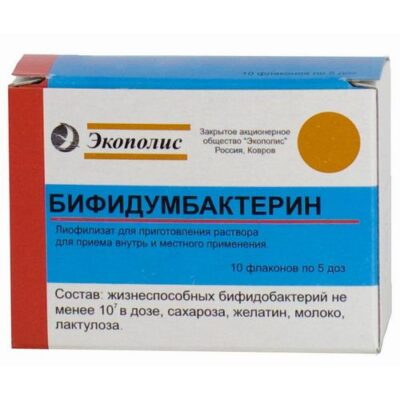
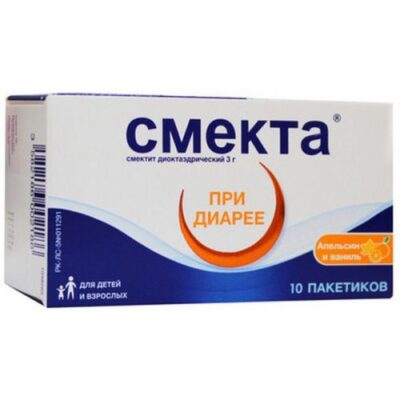
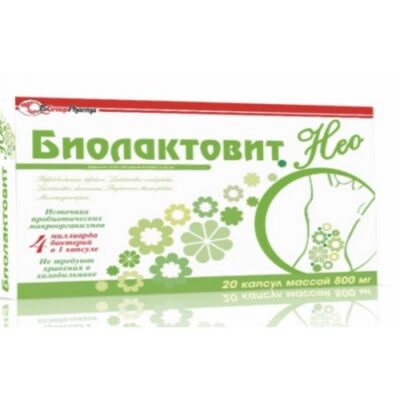
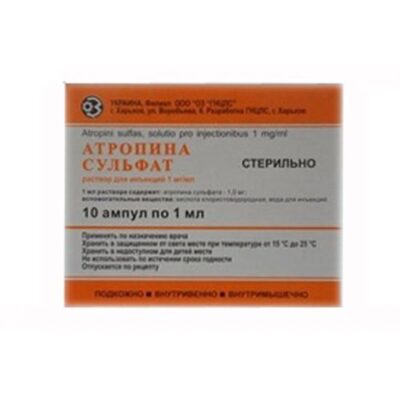
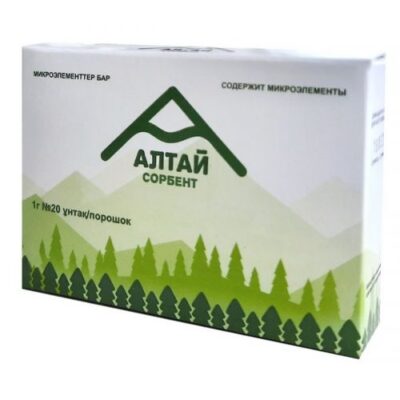
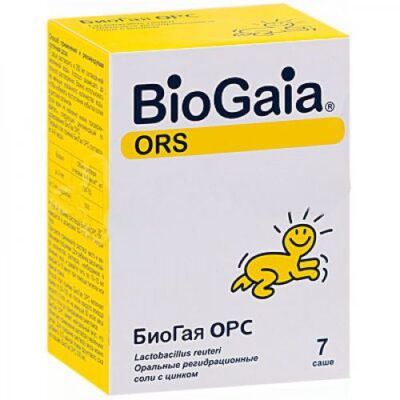
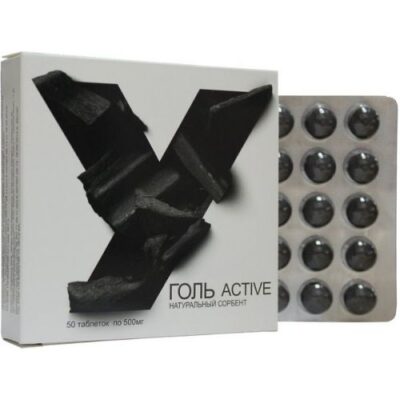






Reviews
There are no reviews yet.